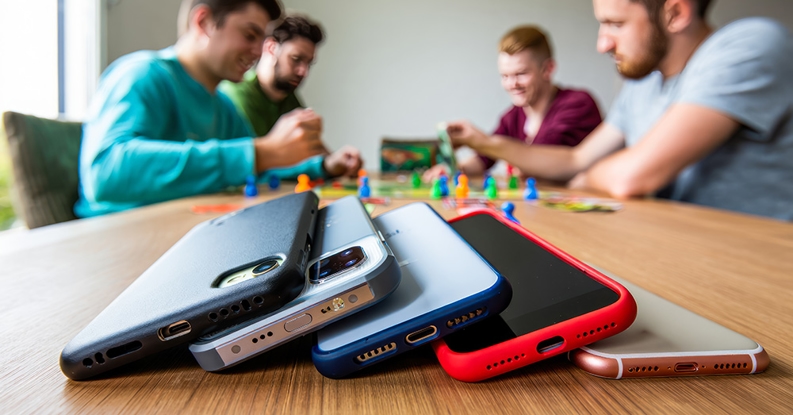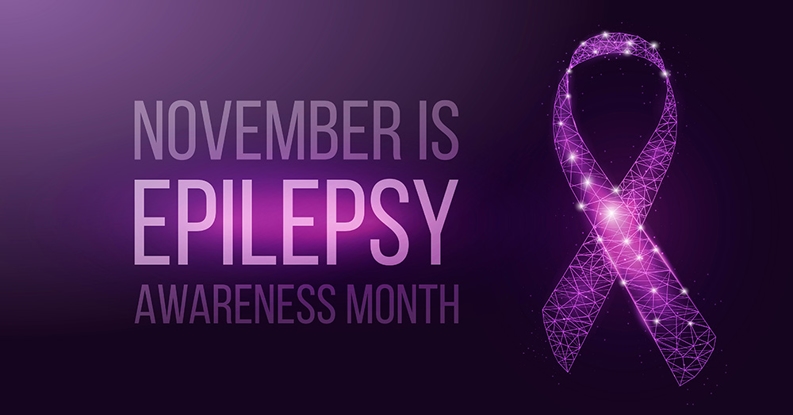Letting Go, Holding On: A Mental Health Guide for Parents Through Every Stage
- Category: Southwest General Medical Group, Maternity, Behavioral Health, Women's Health, General Health, Family Medicine, Men's Health, Maternity Services
- Posted On:

From their first wobbly steps to the day they sign their first lease, parenting is a continuous process of holding close and letting go. At every stage—toddlerhood, adolescence, young adulthood—your role changes and so does the emotional terrain.
Letting go doesn’t mean walking away. It means evolving in how you support, connect and trust your children. Fostering independence helps children gain confidence, learn essential life skills and develop their decision-making abilities. This guide will help you navigate each stage of your child’s growing independence while maintaining your own mental and emotional well-being.
Why Letting Go Matters—Mentally and Emotionally
Supporting your child’s independence isn’t just a developmental goal—it’s foundational to their well-being. Studies show that when people feel autonomous and free to be their authentic selves, they experience stronger self-esteem, more satisfying relationships and more positive mental health outcomes.
When kids are given room to try, struggle and succeed on their own, they begin to trust their abilities and feel capable in a lasting way. They internalize a powerful message: I can handle hard things. That belief carries forward into adolescence and adulthood, buffering against anxiety, self-doubt and emotional reliance on others to solve problems.
The benefits also extend to parents. Letting go in stages helps you recalibrate your own identity—moving from protector to guide, from manager to mentor, while preventing the chronic stress that comes with over-functioning in your child’s life.
Planting the Seeds of Independence in Early Childhood
Letting go doesn’t begin with school; it starts with little moments, such as allowing your child to dress themselves, walk a few feet ahead or carry their own backpack. These seemingly small choices lay the foundation for self-confidence.
What independence looks like:
- Pouring their own cereal (even if it spills)
- Trying something on their own first, then asking for help if they need it
- Choosing which book to read at bedtime
What parents might feel:
Impatience, worry and even guilt, especially when a child struggles with a task or gets upset. That’s normal. It’s okay to want to help; the challenge is knowing when to step back.
How to support your child:
- Narrate their growth: “You tried that all by yourself!”
- Stay calm when they get frustrated. It models self-regulation.
- Let natural consequences play out (e.g., not bringing their favorite toy after forgetting it at home).
How to support yourself:
- Remember: their independence is not a reflection of your absence; it’s a sign of your good parenting.
- Create moments of separation: run an errand while they stay with a relative, or let them play independently while you read nearby.
The First Big Step: Climbing on the Bus
Kindergarten is often a parent’s first real practice in surrendering control. You can’t be in the classroom, you won’t hear every story, and you won’t be able to fix every discomfort.
What independence looks like:
- Walking into school without crying (eventually)
- Learning how to manage bathroom breaks, lunch trays and social rules
- Coming home and not telling you everything
What parents might feel:
Nostalgia, sadness, anxiety and a desire for reassurance from the teacher or school staff. Many parents report feeling “cut out” of their child’s day.
How to support your child:
- Practice social skills such as taking turns, sharing and sitting for quiet time beforehand.
- Use consistent, predictable language when saying goodbye.
- Focus on effort over performance (“I’m proud of how brave you were” rather than “You didn’t cry!”).
How to support yourself:
- Keep goodbyes short and upbeat, even if your heart is aching.
- Talk with other parents who have been through this already.
Create a self-care routine during school hours that reinforces your own growth.Middle Childhood: Small Steps Toward Freedom
Between aged six and 12, children develop deeper friendships, stronger opinions and a desire to prove what they can do. These are prime years for practicing emotional flexibility for both of you.
What independence looks like:
- Walking to a friend’s house alone
- Taking ownership of schoolwork or chores (with reminders)
- Choosing activities and beginning to notice peer influence
What parents might feel:
Frustration when they push back. Fear when they want more freedom. Uncertainty about how much to let them fail.
How to support your child:
- Let them handle their academic performance. Resist micromanaging.
- Encourage their decision-making by asking, “What do you think is the best next step?”
- Allow boredom. It fosters creativity and self-direction.
How to support yourself:
- Accept that discomfort is part of growth, for both of you.
- Resist the urge to “rescue” unless safety is involved.
- Take pride in the moments when you don’t intervene.
The Teen Years: Trusting Through the Pushback
Adolescence brings growing autonomy, exploration of identity and mood swings. Your child may test rules, question values or pull away from you. It’s a sign they’re doing their job—preparing to launch.
What independence looks like:
- Making their own schedule (and sometimes managing it poorly)
- Driving, dating and making big decisions such as picking a college or accepting a job
- Hiding more than they share
What parents might feel:
Powerlessness. Rejection. Anxiety. Fear of losing connection.
How to support your teen:
- Offer steady support without hovering: “I’m here when you need me.”
- Pick your battles. Prioritize values and safety over control.
- Let them experience discomfort such as a lost phone or a missed deadline, and help them reflect afterward.
How to support yourself:
- Develop your own community—friends, hobbies, goals that nourish you.
- Let go of being the fixer. Practice being the sounding board.
- Don’t take their words or actions personally.
The Big Launch: College and Early Adulthood
When your child leaves home, whether for college, work or another path, you lose visibility and control. It’s often a period of deep pride and private grief.
What independence looks like:
- Managing their own time, finances and routines.
- Navigating relationships and identity without your input.
- Calling home when they want to, not always when you do.
What parents might feel:
Longing. Emptiness. Relief. And sometimes, guilt for feeling any of the above.
How to support your young adult:
- Ask before advising: “Do you want me to listen or help brainstorm?”
- Respect privacy and space. Don’t expect constant updates.
- Be there when they fall, but let them pick themselves up.
How to support yourself:
- Honor the grief of transition.
- Reinvent your identity: What excites you now? What did you put on hold?
- Focus on quality, not quantity, in your new relationship.
Life After College: Redefining Your Role as a Parent
Even when they’re fully “launched,” your child may still call home for advice, comfort or support. However, the rules of engagement have changed.
What independence looks like:
- Paying their bills even if they make mistakes.
- Navigating serious relationships.
- Creating values and routines that diverge from yours.
What parents might feel:
Tension between wanting to help and needing to step back. Worry about their decisions. Loss of control.
How to support your adult child:
- Offer support, not solutions. Let them lead.
- Celebrate their independence, even when it’s inconvenient or imperfect.
- Respect their boundaries around time, space and opinions.
How to support yourself:
- Avoid defining your worth through their outcomes.
- Explore what legacy and connection look like now—mentoring, grandparenting, teaching.
- Take time to reflect on your journey. You’ve been growing, too.
Still Their Parent, Just in a New Way
Letting go is not a single moment; it’s a lifelong process. At every stage, it asks you to soften control and deepen trust. To step back while staying rooted in love.
From the preschooler who insists on doing it "by myself" to the young adult who calls less often but still carries your influence, your presence remains powerful, even when it’s quiet.
And perhaps the greatest act of love is this: believing in who they’re becoming, while rediscovering who you are.


